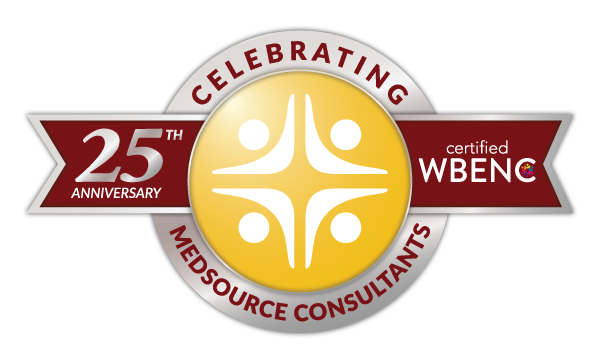Improving Patient Outcomes with Medical Homes
Dawn Pascale

The mantra of medical facilities across the nation has become: Improve care. Improve health. Lower costs.
Achieving each of these individually is quite a task, but being able to obtain all three can seem nearly impossible. However, doing just that is necessary for survival in today’s world of healthcare reform. The very livelihood of any care provider is intrinsically linked to the level of quality outcomes they are able to provide to their patients. In the past, physicians largely focused only within their own area of expertise, having little to no contact with other doctors who may be providing care to the same patients. This fragmented system frequently led to less than optimal patient care and high rates of readmissions.
Several methodologies have been employed across practices nationwide in an effort to address these concerns. However, perhaps the most promising model is that of the Patient Centered Medical Home (PCMH). The PCMH offers personal relationships between the patient and their entire care team. Regardless of which type of service or physician is required, there is an integrated and comprehensive network of communication beginning with the patient’s own primary care physician (PCP). Whether medical needs are preventative, chronic, acute, or primary, there is a home base available with a single point of contact – a hub for all relevant information to reach. According to the Agency for Healthcare Research and Quality (AAHRQ) there are five primary functions to be served by a PCMH:
- Comprehensive – Being a patient’s medical home means that the PCMH is responsible for a large majority of that individual’s healthcare needs. Whether physical or mental, routine or critical, the care provided must interconnect all teams of providers either physically or virtually. Everyone from the PCP, to physician assistants, to social workers will be connected throughout the entire cycle of care.
- Patient-Centered – In today’s rapidly evolving, patient-centric healthcare environment, personal relationships between physician and patient will be both increasingly common and necessary. Medical homes provide this connection by forming a partnership between the care provider and recipient and fully encouraging patients to become more involved in their own program of care. Furthermore, the PCMH model acknowledges the importance of the patient’s family as a critical support system and enables them to quickly become informed of all pertinent information when needed.
- Coordination of Care – Within a medical home environment, a PCP can coordinate all aspects of a patient’s medical care, including specialty care, hospital admissions, and home health. Under this system, critical information from all facilities and physicians can be easily obtained, ensuring the highest possible quality of care at any level.
- Accessibility of Services – Any PCMH should be readily accessible for patients at any time that it may be needed. Wait times are shorter, open hours are greater, and both electronic and telephone access to a team member is available at all times. The ultimate goal in this model is speedy, reliable, and responsive care for all patients.
- Safety – Shared decision making among providers, measurement of performance, efficacy of practices, and use of support resources makes medical homes more efficient means of providing quality care. Patient safety and satisfaction are greater in these scenarios as they are more involved in their own care, their physicians are more communicative amongst one another, and their outcomes tend to be preferable. Furthermore, as PCMHs are able to collect and share more data regarding both quality of care and patient safety, they are able to positively impact health management of the population as a whole.
Healthcare reform has brought no shortage of changes for both physicians and patients alike. While the necessity and value of these changes continue to be heavily debated, Patient Centered Medical Homes seem to be emerging as viable options to improve quality of care and patient safety. With increased communication between all healthcare providers and a central point of contact, the PCMH model greatly reduces the likelihood of errors and leaves healthier, more satisfied patients as a result.
